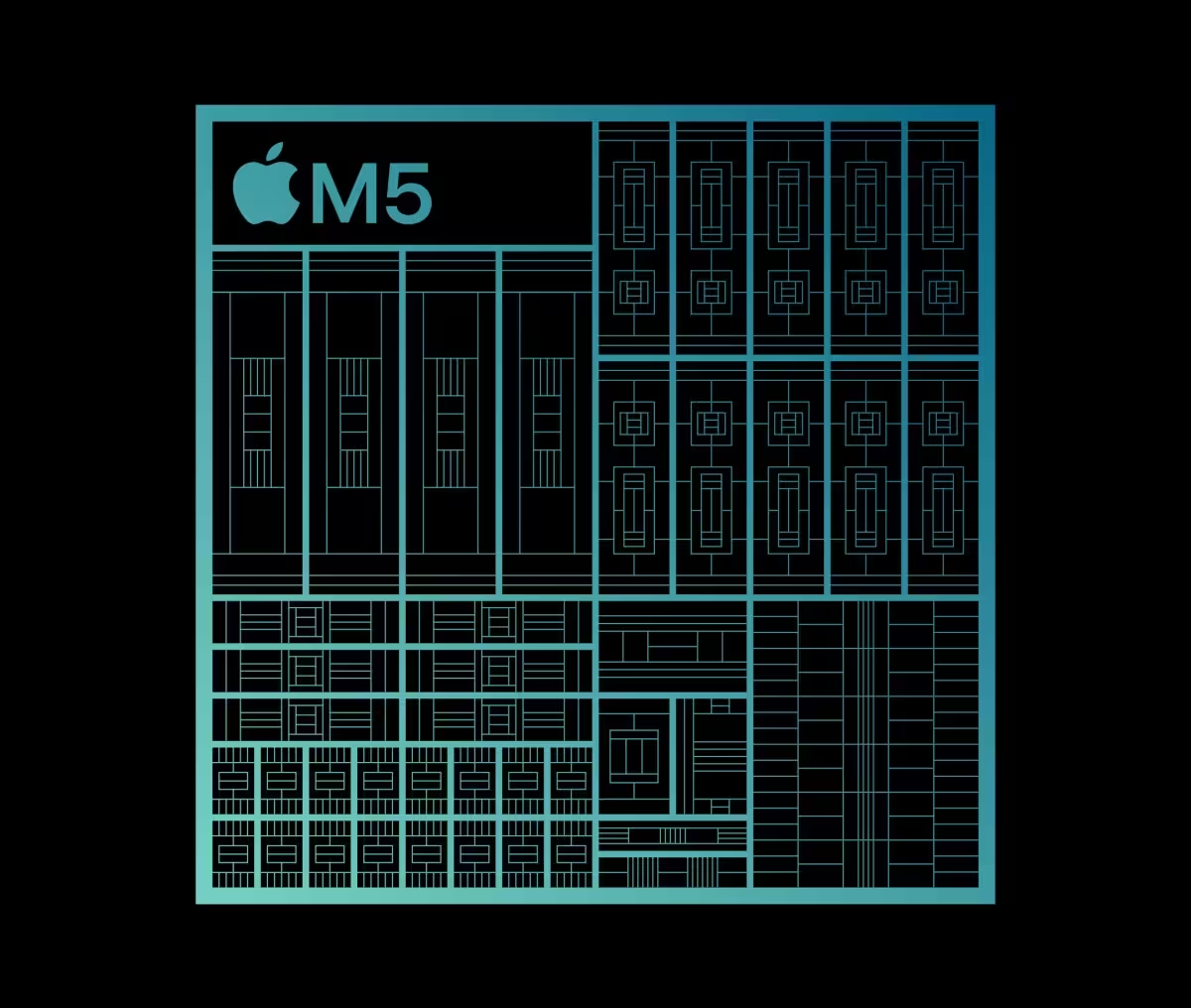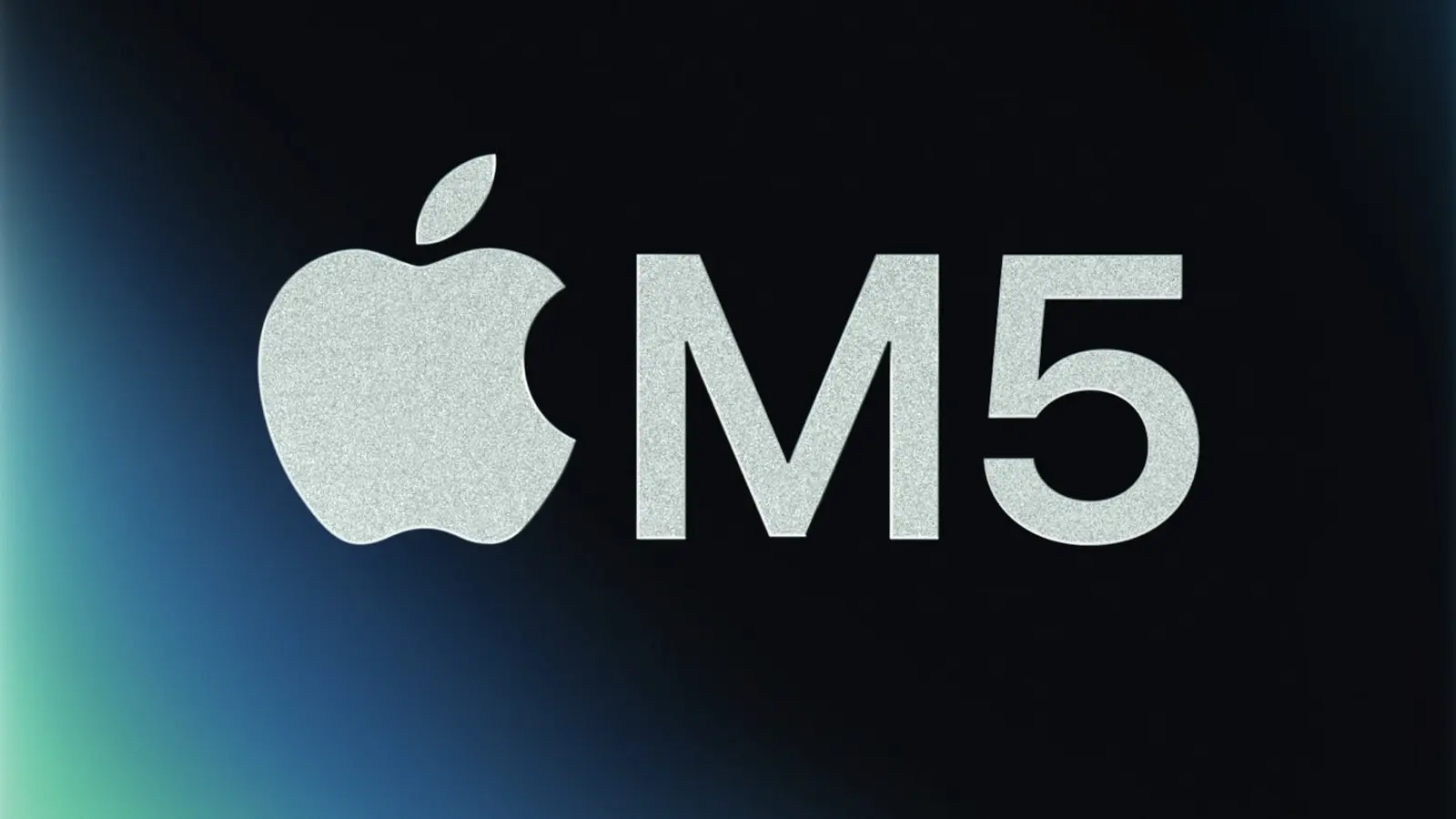3 Minutes
Apple has officially unveiled the M5, an AI-first silicon now powering updated MacBook Pro and Vision Pro models. Built on third-generation 3nm and packing Neural Accelerators inside every GPU core, the M5 aims to accelerate everything from local large language models to demanding creative workflows.
What’s new in the M5?
The M5 is a step-change for Apple silicon. Highlights include:
- GPU AI compute up to 4x higher at peak compared with the M4, thanks to Neural Accelerators in each GPU core
- Third-gen 3nm manufacturing and a CPU with up to 10 cores: 4 performance and 6 efficiency cores
- Up to 15% better multithreaded CPU performance versus M4
- Nearly 30% more memory bandwidth, now at 153 GB/s, and support for up to 32 GB of unified RAM
- About 45% improved overall graphics performance compared with M4
- A new ray tracing engine delivering up to a 45% boost, plus second-generation dynamic caching to smooth complex workloads
Those numbers add up to a chip that Apple says is optimized at every compute block for AI. In practice that means raw speed improvements plus architectural changes that reduce latency and improve sustained throughput under heavy model loads.

Why this matters for AI and creators
Imagine running a diffusion model to generate images inside an app like Draw Things or hosting a local large language model with webAI, all on-device and without sending data to the cloud. The M5 is engineered to make that feasible and faster than before. More memory bandwidth and specialized accelerators help both throughput and responsiveness, which matters for real-time editing, streaming inference, and interactive AI tools.
For developers, that also opens new possibilities: on-device inference for privacy-sensitive apps, tighter real-time integrations in creative tools, and better support for local ML research without needing server hardware.
Gaming, graphics and real-time rendering
The new ray tracing engine and revamped caching are designed to deliver smoother gameplay and more realistic visuals in 3D apps. Whether you’re rendering a complex scene or previewing effects in a design tool, Apple promises faster render times and fewer hiccups during sustained GPU workloads.
Put simply: the M5 is not just faster in peak benchmarks. The architectural tweaks are aimed at real-world tasks — from frame rates in games to rendering passes in professional graphics projects.
What to expect from MacBook Pro and Vision Pro
Apple is shipping the M5 inside refreshed MacBook Pro and Vision Pro models. Those devices should benefit immediately from the chip’s AI and graphics upgrades, delivering more responsive apps, improved on-device model performance, and better visual fidelity across immersive and desktop experiences.
Curious how much difference you will notice day to day? Expect speedier AI features, quicker exports and renders, and smoother real-time previews — especially in apps that are optimized to use the chip’s Neural Accelerators and GPU improvements.
The M5 signals Apple doubling down on on-device AI: faster local models, richer creative tools, and graphics upgrades that extend across professional and consumer applications.
Source: gsmarena


Leave a Comment